While it can be said that the only constant in retail is change, nobody expected the change to come so quickly! Is your company ready for omnichannel retail?
Be prepared: With all the buzz around omnichannel retailing, it could be difficult to separate the noise from what’s truly important to the customer experience. And it’s normal to have questions; after all, there are a lot of components when it comes to omnichannel retail. But the great news is that you don’t have to feel overwhelmed.
Why’s that? To help you assess your organization’s omnichannel retail-readiness, we’ve developed the following checklist.
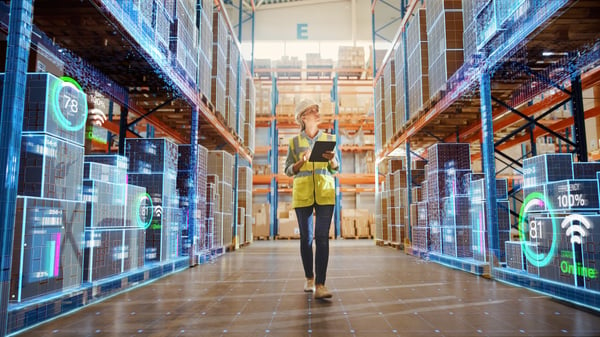
Inventory Visibility
The first item on your way to omnichannel retail-readiness is achieving inventory visibility. You need to pool inventory from multiple fulfillment nodes (e.g., stores and distribution centers) and have a single enterprise view of stock in real time. Inventory location data enables order management systems to source stock from the most cost-effective locations (see Order Routing). The inventory location data may also be made visible to customers through the online store, enabling shoppers to see stock levels and drive purchasing decisions.

Order Routing
Your ability to reduce last mile shipping distance is a key factor in omnichannel success. You need the capability of identifying the most efficient and cost-effective inventory location to source from for an individual order based on preset business rules. Order routing will not only expedite your fulfillment and delivery, but it can also help you reduce stockouts.
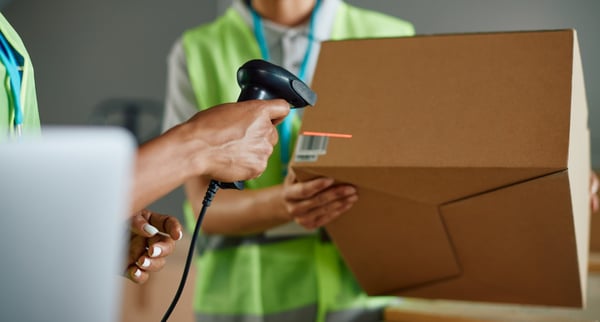
Order Consolidation
Omnichannel is all about providing a seamless customer experience. If a customer places one order, but receives multiple packages on different days, that’s not very seamless – not to mention cost-effective. With order consolidation, items that are located in different fulfillment nodes (e.g., stores and distribution centers) are shipped to a centralized location to be packed and shipped as one order, as opposed to sending a split shipment.
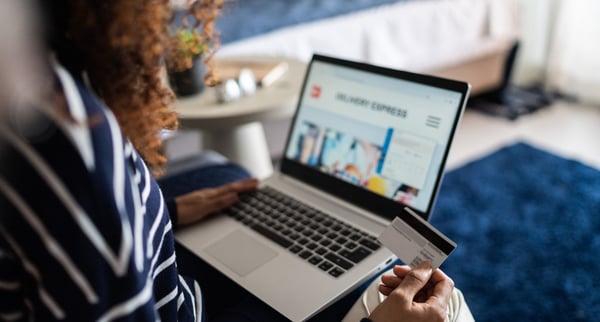
Click and Collect
This is your ability to allow a customer to purchase online, but go to the store to collect the order as opposed to having it delivered. Click and collect capability combines the convenience of online shopping with the instant gratification and speed of delivery from in-person shopping. Buy online pick up in-store (BOPIS) and buy online pick up at curb (BOPAC or curbside pickup) are all subsets of click and collect. Items for a click and collect order may be sourced from store inventory (see Store Fulfillment) or from another location (see Ship-to-store).
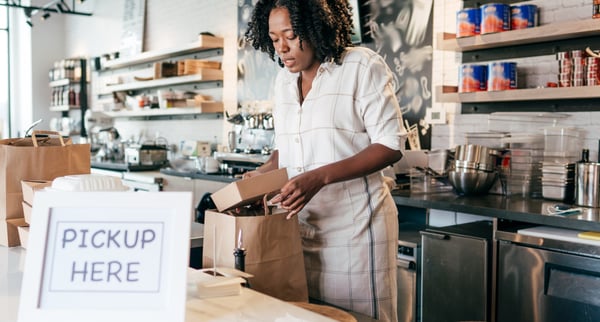
Store Fulfillment
Are you able to fulfill online orders using store merchandise? Yes, this might seem like a wild concept from traditional retail business models, but we assure you, it’s not when it comes to omnichannel. You need to be doing this in order to accelerate fulfillment and delivery times, plus reduce fulfillment and last mile delivery costs.

Ship-from-store
Yes, another crazy concept from traditional retail business models. If you want to achieve omnichannel retail readiness then you need the ability to fulfill online orders by shipping merchandise from a store rather than a distribution center. Note, the merchandise may either come from the store or may have been shipped to the store from somewhere else (see Ship-to-store). When you have this capability, you have the power to accelerate the delivery time to the customer and reduce your last mile delivery costs.
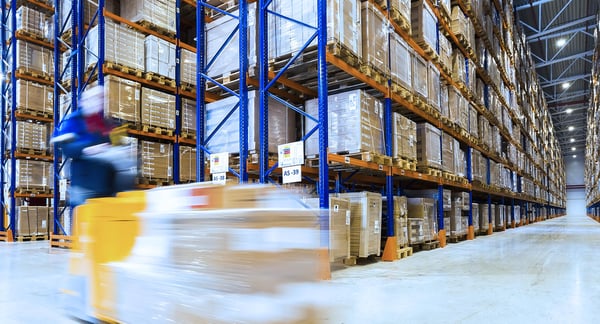
Ship-to-store
This is your ability to ship merchandise to a store from an alternate fulfillment location (e.g., a distribution center) for a click and collect order. You need this capability in omnichannel retail because it enables click and collect and ship-fromstore without requiring a store fulfillment process.
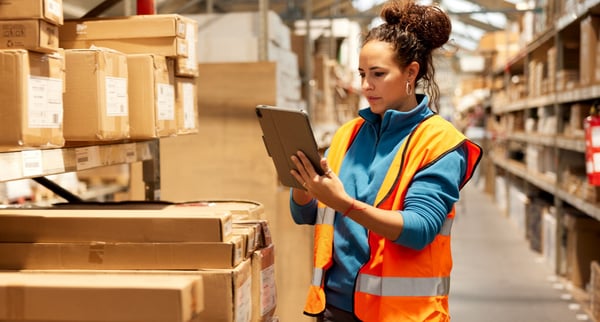
Micro-fulfillment
For some retailers, micro-fulfillment can feel like an overwhelming task to execute. It’s an omnichannel retail fulfillment method in which stores or small distribution centers located close to customers (e.g., urban locations) are used to fulfill online orders, as opposed to a large distribution center servicing customers in multiple geographies. Merchandise at the micro-fulfillment location is almost exclusively used to fulfill orders routed to the location (see Order Routing). To successfully deploy micro-fulfillment, you will need to incorporate warehouse technology in the store or small distribution center to help manage receiving and putaway, directed picking and potentially automation. The benefits are limitless; you can accelerate fulfillment and delivery times, reduce fulfillment and last mile delivery costs, achieve quicker turnaround for click and collect/ship-fromstore orders than with store fulfillment, and increase store productivity and inventory accuracy.
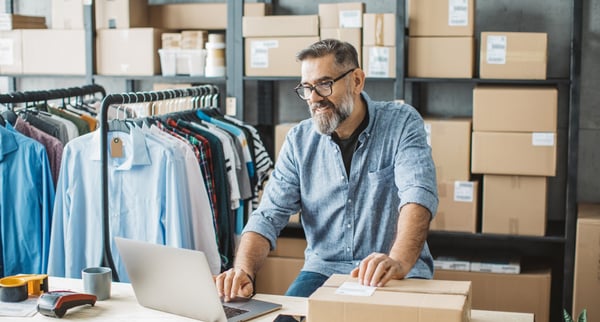
Dark Store
This is a retail location that is structured and arranged like a store, but closed to foot traffic and is used for the sole purpose of fulfilling e-commerce orders. Similar to the benefits of micro-fulfillment, a dark store can also increase productivity of an existing low-traffic retail location.


